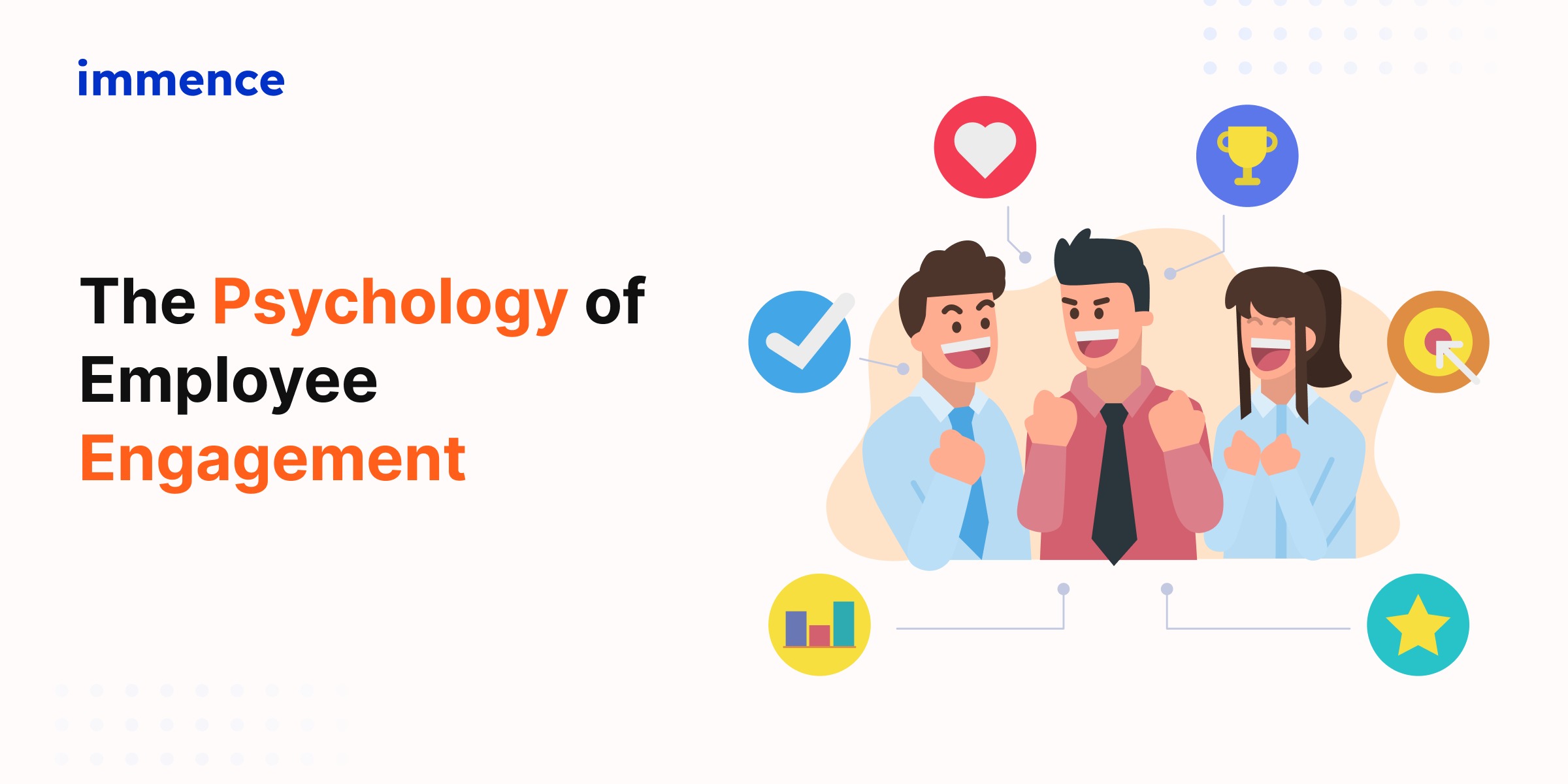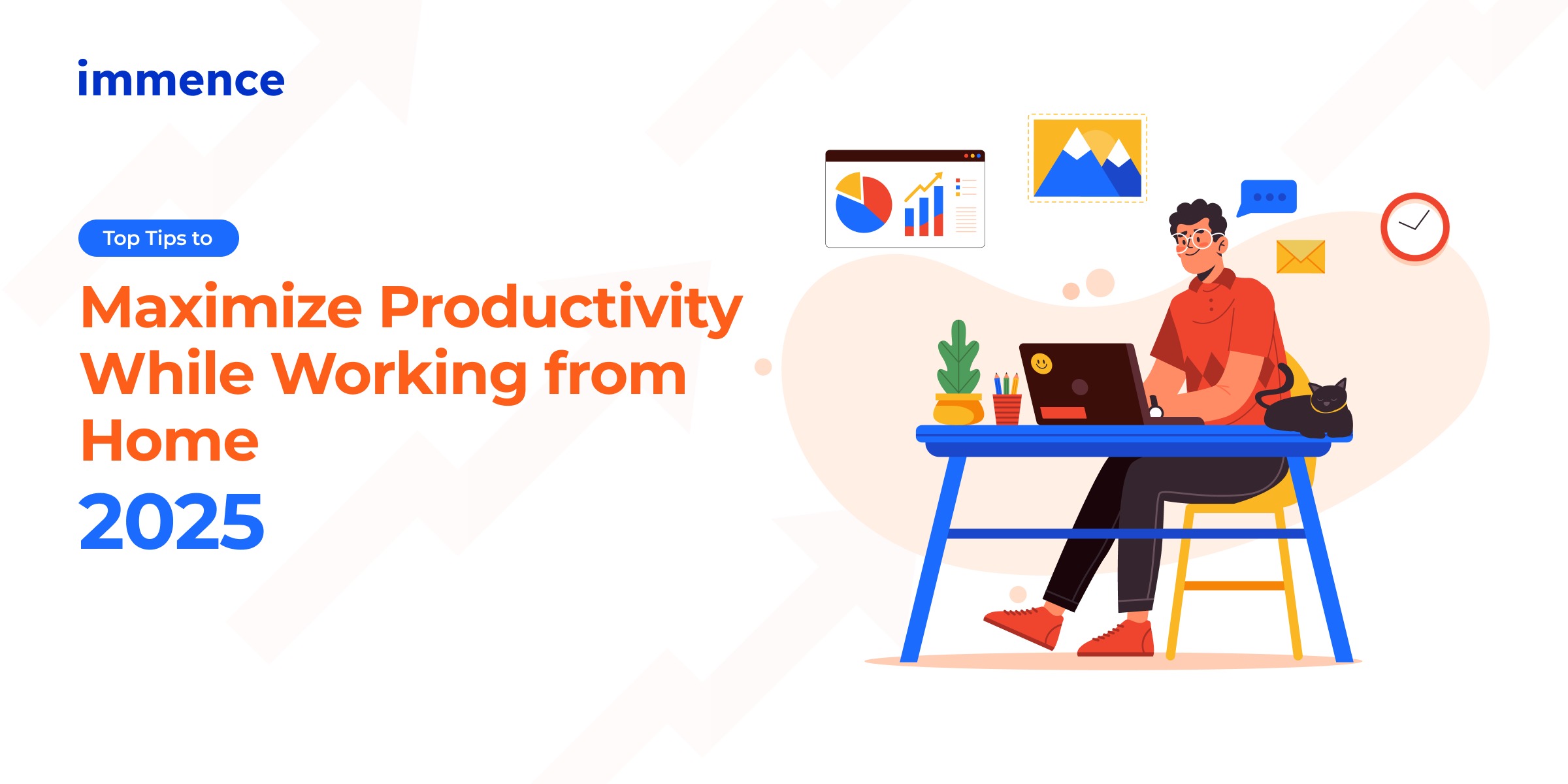How to manage Personality Clashes and Creative Differences

Picture a team alive with energy—each member a powerhouse of talent, ideas, and unique perspectives. It’s the kind of group that seems destined for greatness. But behind the scenes, something less visible is brewing: the subtle clash of personalities and the creative tug-of-war that can derail even the brightest teams.
Personality clashes arise when individual traits or values rub against one another, while creative differences surface when contrasting ideas or methods compete for attention. These aren’t just workplace annoyances, they’re potential pressure points that can disrupt harmony, slow progress, and even jeopardize success.
Yet, within these challenges lies an untapped power: the ability to transform discord into discovery and tension into teamwork.
This blog dives into the delicate balance of managing differences and embracing diversity. We’ll explore how to turn moments of conflict into opportunities for connection, and how contrasting ideas can spark innovation rather than division.
Ready to uncover the hidden strengths in your team’s friction? Let’s begin.
1. Identifying Personality Clashes
A personality clash in the workplace arises when employees experience conflict due to mismatched or incompatible personality traits. Personality clashes can manifest in various ways, often impacting the team’s dynamics and overall morale. Some common signs include:
- Frequent Disagreements: When team members argue over seemingly minor issues, it often indicates deeper personality conflicts.
- Communication Breakdown: If individuals avoid conversations or fail to engage constructively, it suggests unresolved tensions.
- Complaints of Feeling Undervalued: Team members might express dissatisfaction with how they are treated or perceived by others.
- Visible Tension: Hostility or discomfort during meetings, group discussions, or collaborative tasks can signal personality clashes.
Examples of Personality Types That May Lead to Conflicts
Certain personality traits are more likely to clash, especially in high-pressure environments:
- Type A vs. Type B: A high-energy, results-driven Type A individual may find it challenging to work with a laid-back, process-oriented Type B counterpart. For example, the Type A person might see the Type B approach as too slow, while the Type B person may feel rushed and stressed.
- Introverts vs. Extroverts: An extroverted team member may find an introvert’s quiet behavior unengaging, while the introvert may perceive the extrovert’s enthusiasm as overwhelming or intrusive.
- Detail-Oriented vs. Big-Picture Thinkers: A detail-focused team member who emphasizes precision and thoroughness might clash with someone who prioritizes visionary thinking and broader goals, leading to frustration over perceived priorities.
2. Understanding Creative Differences
Creative differences arise when team members hold diverging opinions about how to approach a task, project, or goal. These differences are natural and often beneficial, as they bring diverse perspectives to the table. However, they can become problematic if not managed constructively.
When Creative Differences Lead to Conflict: Creative differences can escalate into conflicts under specific scenarios, such as:
- Scenario 1: Two designers working on a marketing campaign disagree on the visual direction. One prefers a minimalistic design, while the other advocates for bold, vibrant visuals. Without proper communication, this disagreement can stall progress.
- Scenario 2: In an office setting, a team is planning a company event. The event coordinator suggests a formal, traditional approach to maintain professionalism, while another team member proposes a casual, fun-themed event to boost employee morale. If the two fail to find common ground or communicate effectively, the disagreement could lead to frustration and hinder event planning.
Recognizing these differences as opportunities for collaboration rather than barriers is crucial to fostering innovation.
3. Effective Communication Strategies
Open communication is the cornerstone of resolving personality clashes and creative differences. Implementing the following techniques can make a significant difference:
- Set Clear Expectations: At the outset of any project, ensure that all team members understand the objectives, roles, and responsibilities. This shared clarity minimizes misunderstandings and aligns everyone toward common goals.
- Encourage Transparency: Foster an environment where individuals feel safe expressing their thoughts and concerns. Transparency prevents miscommunication and builds trust among team members.
Active Listening Practices
Listening actively and empathetically is key to understanding the root of conflicts and finding resolutions:
- Reflect and Validate: Paraphrase what the other person says to show understanding and acknowledgment. For example, “What I hear you saying is that you’re concerned about the timeline, is that correct?”
- Show Empathy: Acknowledge the emotions and perspectives of others, even if you disagree. For example, “I can see why you feel this approach might be more effective.”
- Ask Clarifying Questions: Dive deeper into the issue by asking specific questions, such as “Can you explain why you think this solution will work better for our audience?”
4. Conflict Resolution Techniques
Resolving conflicts requires a structured approach to ensure fairness and effectiveness:
- Acknowledge the Issue: Begin by openly identifying the conflict in a neutral manner. For example, “I’ve noticed some differences in how we approach this task, let’s discuss them.”
- Encourage Open Dialogue: Create a space for all parties to express their perspectives without interruption. Use active listening to ensure everyone feels heard.
- Explore Alternative Perspectives: Challenge team members to step into each other’s shoes. For instance, ask, “What do you think the pros and cons of the other approach are?”
- Collaborate on Solutions: Work together to brainstorm and agree on solutions that align with the team’s goals. For example, finding a hybrid approach that combines elements of both ideas.
- Follow Up: After implementing the solution, revisit the issue to ensure the conflict is fully resolved and no lingering tensions remain.
Example: In a marketing team, two colleagues disagreed on the tone of a campaign. One preferred a professional and formal approach to appeal to corporate clients, while the other advocated for a playful and conversational style to attract a younger audience. By organizing a brainstorming session, they combined elements of both styles, creating a campaign that resonated with a broader audience and strengthened their working relationship.
5. Fostering a Collaborative Environment
Creating a collaborative team culture helps prevent conflicts and promotes understanding:
- Celebrate Diversity: Regularly acknowledge and appreciate the unique skills, perspectives, and contributions of each team member. Highlight how these differences enrich the team’s work.
- Create Psychological Safety: Ensure that all team members feel comfortable sharing their ideas and concerns without fear of judgment or retribution. Psychological safety fosters openness and trust.
Team-Building Activities: Engaging in purposeful activities can strengthen team bonds and reduce the likelihood of conflicts:
- Role Reversal Exercises: Assign team members to temporarily take on each other’s roles. This exercise builds empathy and a deeper understanding of others’ responsibilities.
- Collaborative Challenges: Participate in activities that require teamwork, such as escape rooms, hackathons, or problem-solving workshops. These activities promote collaboration and mutual respect.
6. When to Seek Mediation
While most conflicts can be resolved internally, there are instances where external mediation is necessary:
- The conflict persists despite multiple attempts to address it.
- The situation escalates to personal attacks or significantly impacts team morale.
- The overall productivity of the team suffers due to ongoing tension.
Approaching a Mediator: When seeking mediation, it’s essential to follow a structured process:
- Identify a neutral third party, such as an HR professional, team leader, or external consultant, to act as the mediator.
- Clearly communicate the purpose of mediation to facilitate constructive dialogue and develop impartial solutions.
- Prepare a summary of the conflict, including its history, key points of contention, and desired outcomes, to provide the mediator with context.
Conflict is the crucible where creativity and innovation are forged. In any dynamic team, personality clashes and creative differences aren’t just inevitable, they’re essential. These moments of tension, when approached with the right mindset, can spark groundbreaking ideas and drive teams toward extraordinary outcomes.
So, let’s embrace the power of conflict—not as something to fear but as a tool to build stronger, more creative, and resilient teams. What steps will your team take to turn differences into opportunities today?
Shreya Viradiya
Business Development Executive


